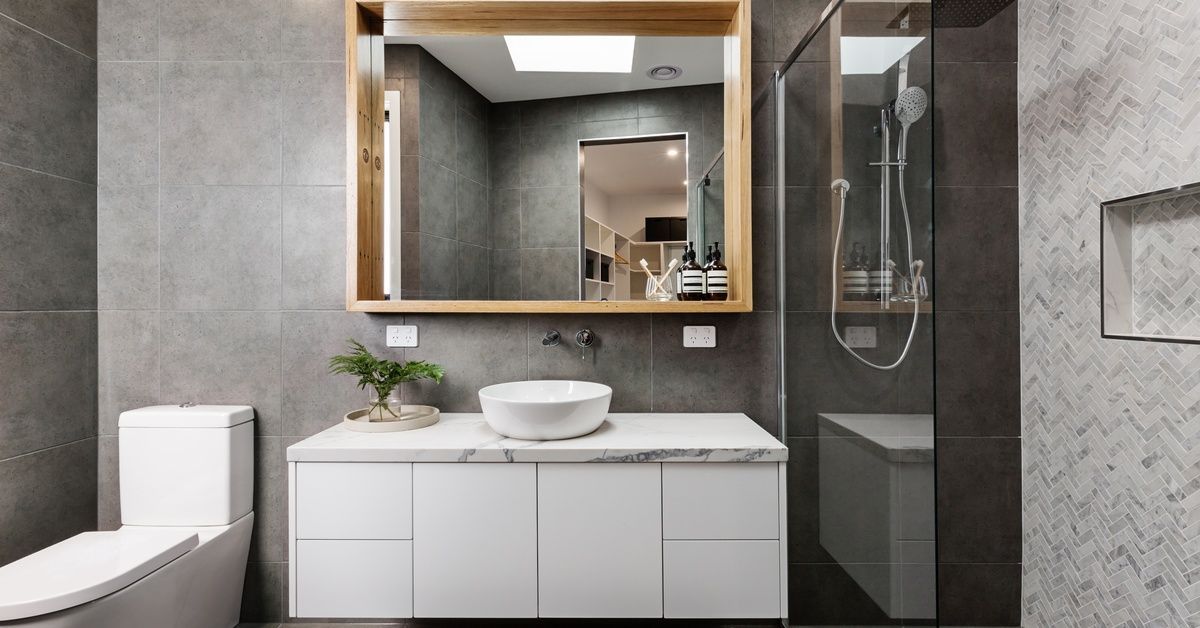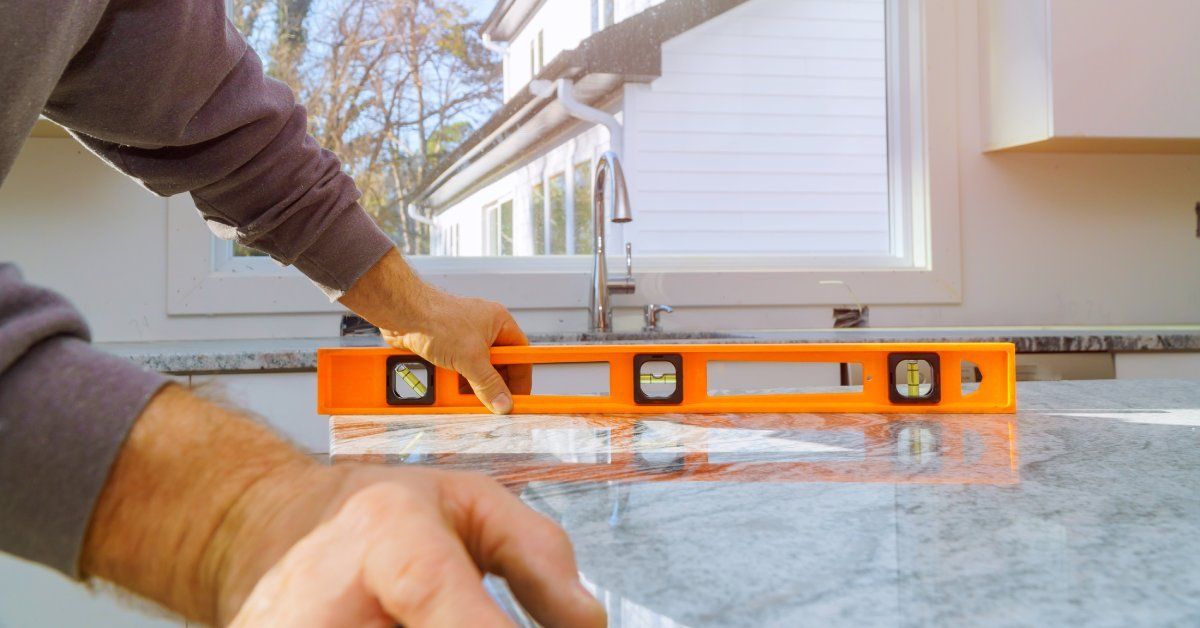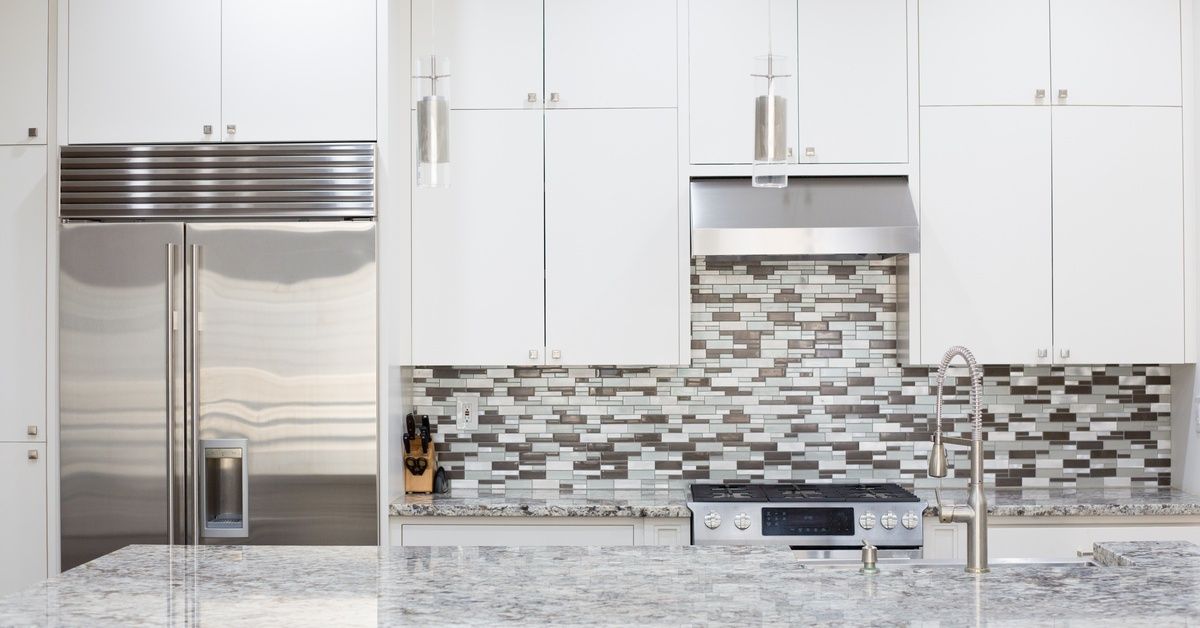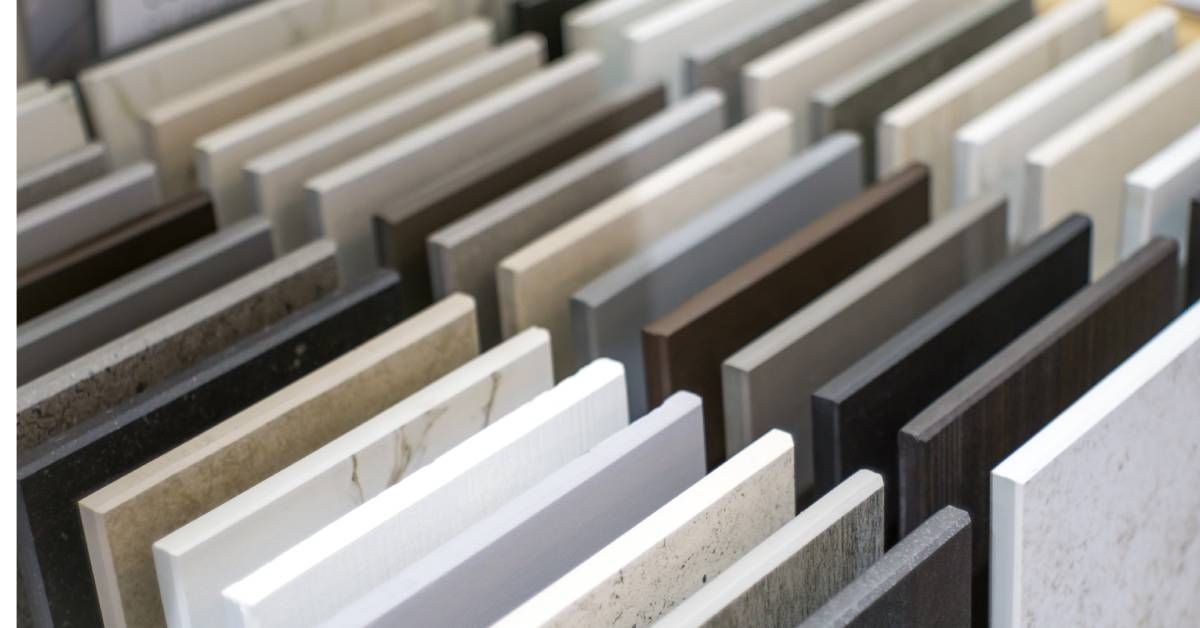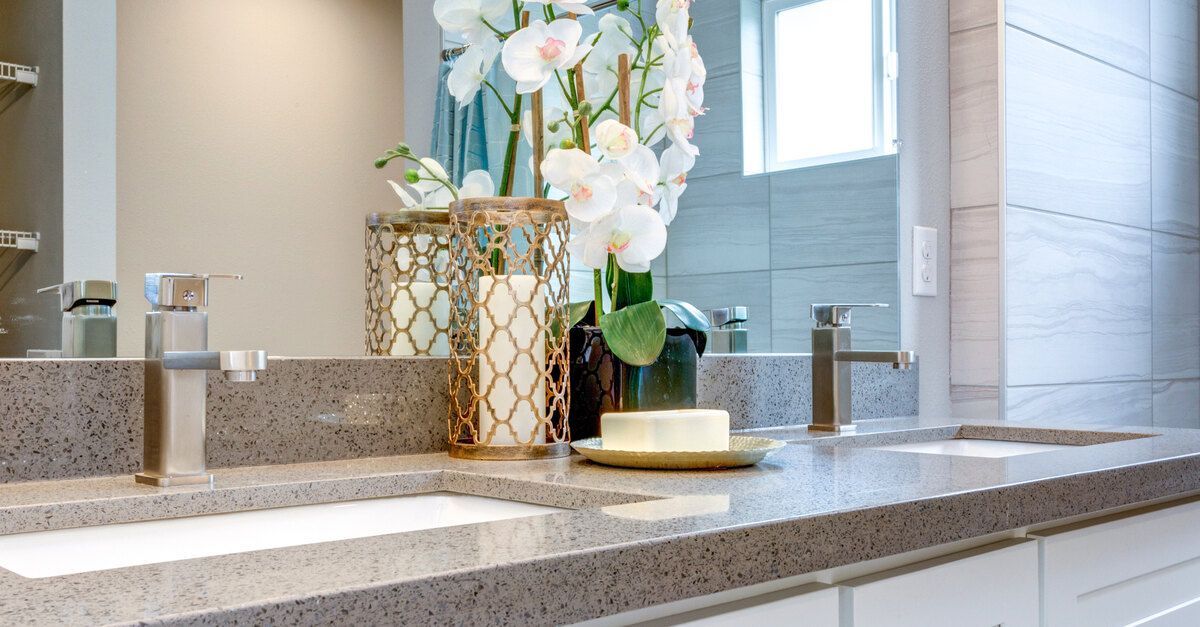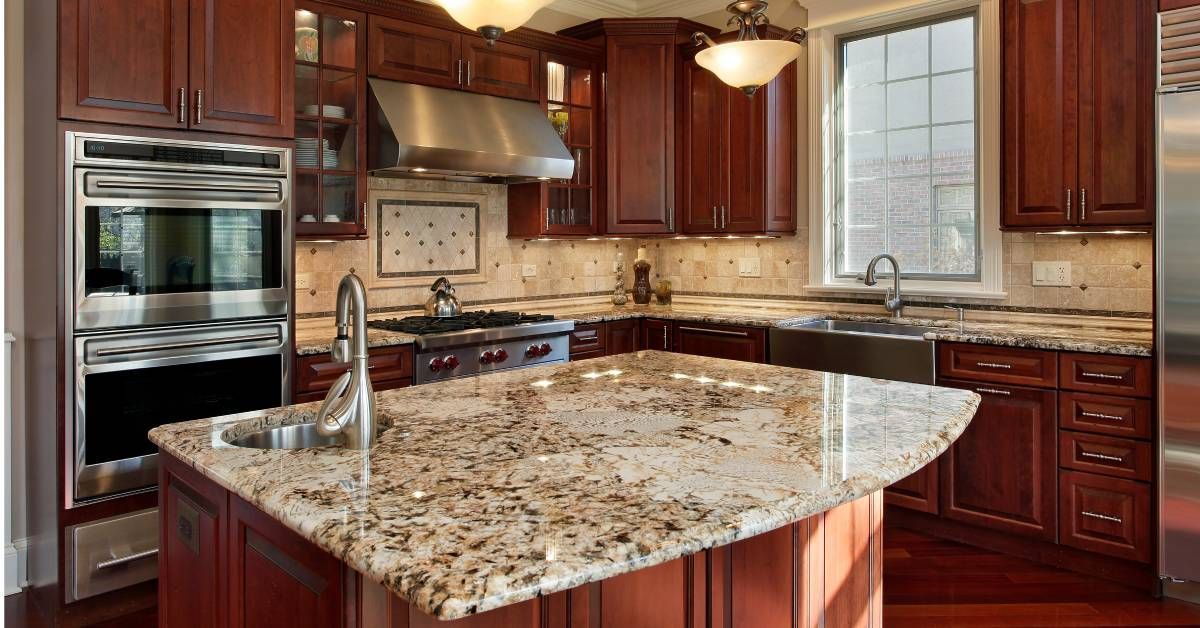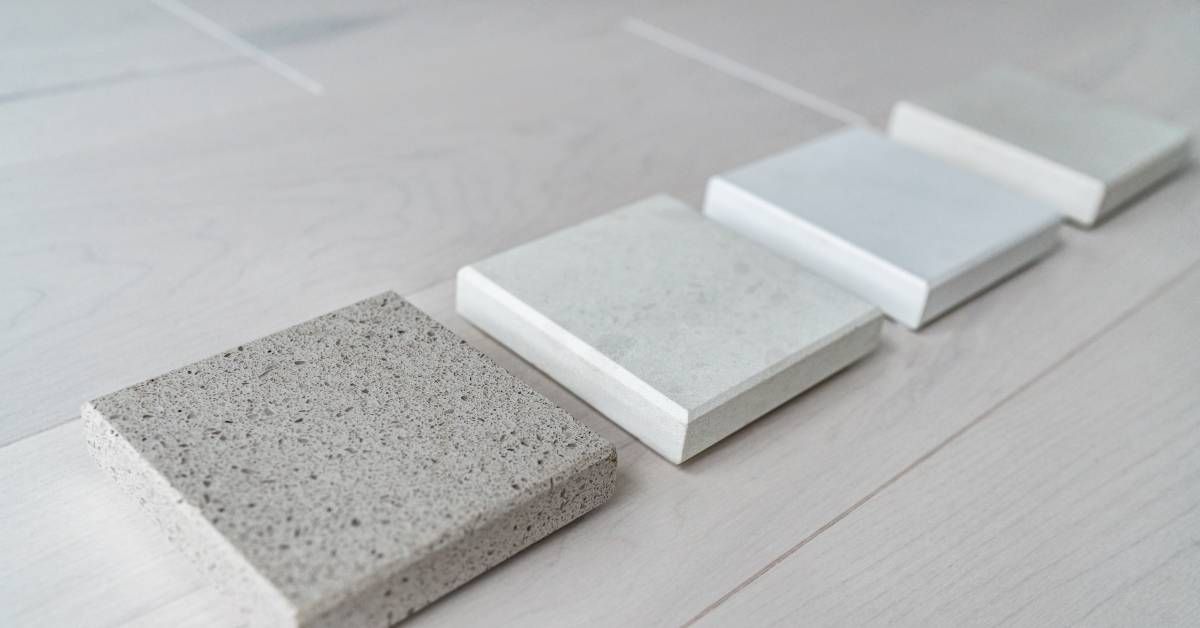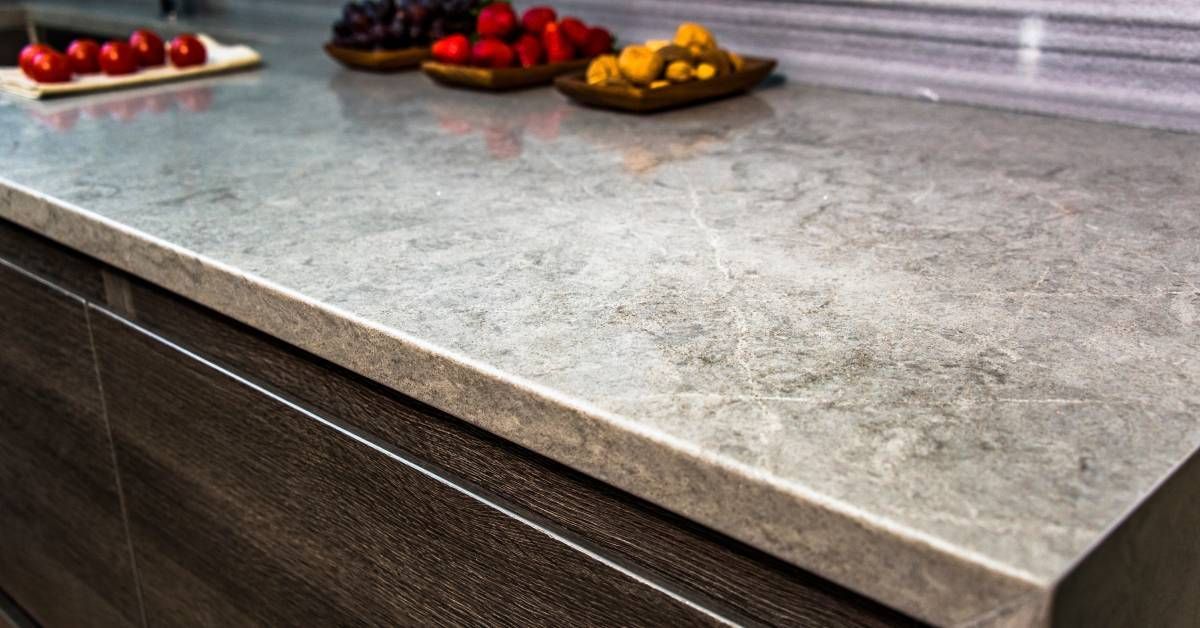A Comprehensive Guide to Kitchen Countertop Sizes
When you’re redesigning or remodeling a kitchen, few elements have as much impact as the countertops. They’re not just a place to chop veggies or rest your appliances; countertops set the tone for the entire space.
Whether your kitchen is small and cozy or large and sprawling, this comprehensive guide to kitchen countertop sizes will break down everything you need to know. From understanding the differences between standard and custom sizes to exploring how countertop dimensions affect the kitchen’s visual appeal and functionality, we’ll walk you through every detail.
Standard or Custom? It’s Not Just About Dimensions
Let's start with the basics. Standard countertop sizes are common because they cater to the majority of kitchens. Most countertops are around 24 inches in depth and 36 inches in height (measures from the floor to the countertop surface). These dimensions work for most designs, especially if your kitchen features standard cabinets.
But what if your kitchen is unique? Maybe you have an L-shaped space or a massive central island. This is where custom countertops come into play. With custom sizing, you’re not confined to what’s “typical.” Instead, you get a countertop that fits your kitchen perfectly, whether you’re dealing with corners, unique layouts, or specific height requirements. Custom options come with a higher price tag than standard countertops, but the flexibility of customization is well worth the cost.
Find a Size That Fits Your Kitchen
The ideal size for a kitchen countertop isn’t one-size-fits-all; it depends on the space, how you use it, and even how tall you are. Have you thought about how much workspace you’ll need? For avid home chefs, wide countertops provide the freedom to spread out cutting boards, mixers, and ingredients. If your kitchen leans minimalist, maybe a less expansive surface is more your style.
Also, think about spillover space. A little extra depth can go a long way in preventing spills from reaching your floors or your lap. If you’re planning a kitchen island, the dimensions should allow for seating without feeling cramped. Each of these thoughtful components will create a kitchen that is as comfortable as it is functional.
Countertops as a Design Statement
Size isn’t just about practicality; it’s about how your kitchen looks and feels. Slim countertops can create a sleek and modern atmosphere, while thicker surfaces make a bold, luxurious statement. If you’re leaning toward dramatic aesthetics, consider edge styles. Rounded edges give a soft, approachable vibe, while sharp or waterfall edges add sophistication.
You should also think about proportions. A large kitchen can handle oversized countertops without looking out of place. Meanwhile, in small kitchens, thin, standard-sized countertops are the best choice to avoid overwhelming the space.
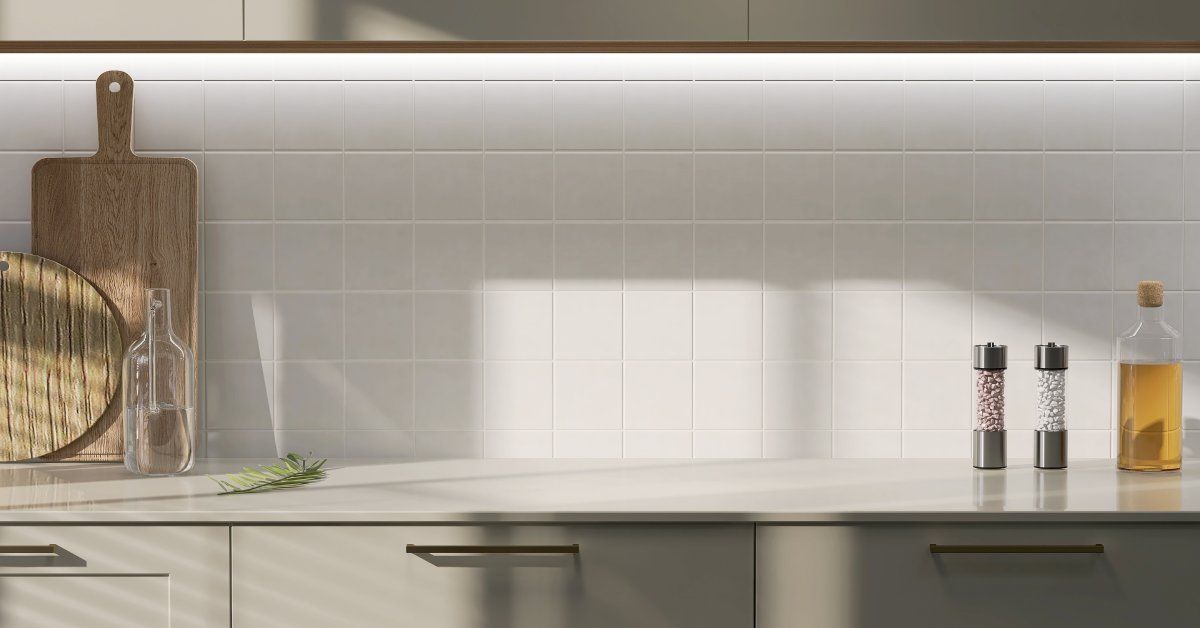
Cook Like a Pro With the Right Countertop Space
If you love cooking, baking, or hosting, countertop size will have a direct impact on how functional your kitchen feels. Beyond just square footage to work on, think about dividing the countertop into zones. For instance, one part of the counter can be a prep station near the sink. Another area can store appliances, such as a coffee maker, toaster, and mixer.
If you share the kitchen with a busy family, an expansive countertop can keep multiple people from bumping into each other when preparing meals. On the flip side, a smaller home chef may find themselves constantly reaching over too-deep counters, so it’s key to pair the space with your workflow.
The Edge That Changes Everything
You might not think much about countertop edges when considering size, but they can actually affect style and functionality. A beveled edge can make a thin countertop look chunky, while a bullnose edge adds a classic look with soft curves.
Rounded edges are kid-friendly, while straight or mitered edges give the countertop a clean and modern appearance. The edge you choose may seem like a small detail, but it can totally change your space’s vibe.
Why Material Matters for Countertop Dimensions
A guide to kitchen countertop sizes isn’t complete without mentioning materials because they’re directly related. Some countertop materials make more sense in larger or smaller sizes.
Granite and quartz, for example, are perfect for large slabs that give a polished, cohesive look. You can opt for solid surface counters to create a seamless look in small and large kitchens alike. Thick countertops can handle wear and tear better, so consider selecting a sturdy material if your counters will endure heavy use. Always find the perfect balance of performance, size, and visual appeal to ensure your kitchen countertop elevates the room instead of hindering it.
Should You DIY Countertop Installation?
Here’s the thing—cutting countertops to size requires precision and high-quality equipment. A DIY approach works for some projects, especially with prefabricated countertops, but custom sizing is best left to professionals. They have the equipment to handle intricate cuts and are also familiar with working around sinks, stoves, and power outlets.
Professional installation is faster and less stressful. If you’re investing in a high-end material, handing the job off to an experienced team could save you from an expensive oops moment.
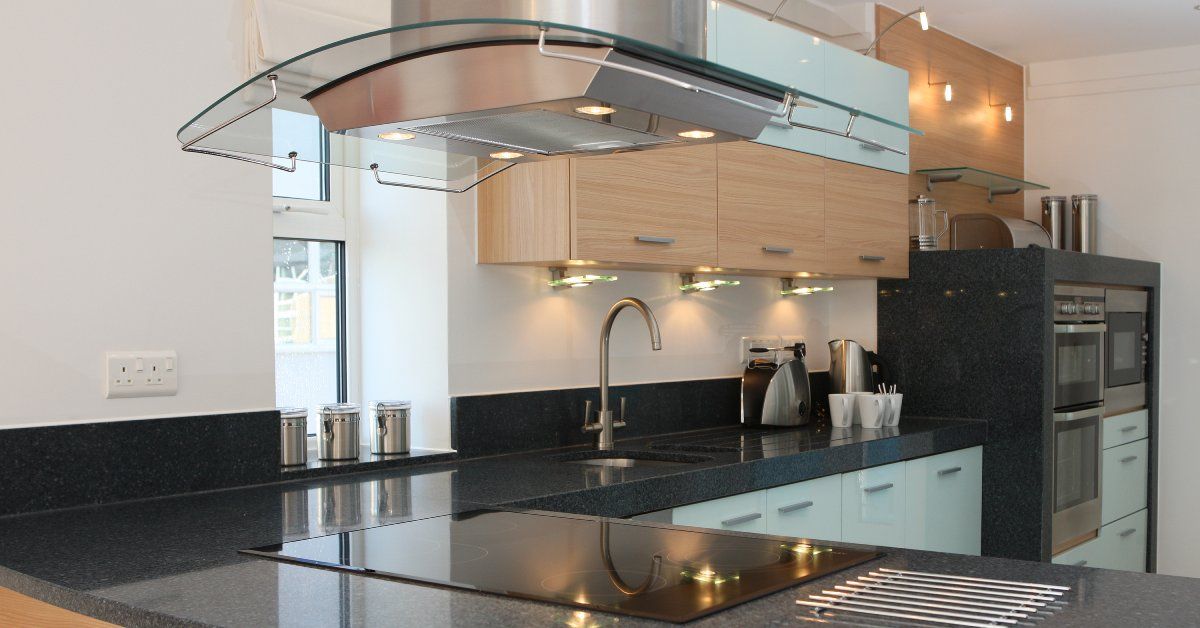
Don’t Forget To Set a Budget
It’s all about balancing your dream kitchen with realistic costs. Every component can affect the price of the countertops. Some of the aspects to pay attention to include:
- the countertops’ thickness
- the amount of material
- the countertop material
- installation
- customized elements
- additional cuts
- and special features
Simply put, choose your design carefully to ensure you don’t have to compromise quality for lower price points. Knowing your priorities before setting a budget can help you make decisions you’ll feel great about.
Design a Beautiful and Functional Space
The countertop you choose will define your kitchen’s character and functionality. Whether you select standard sizing, custom sizing, or land somewhere in between, your countertops should reflect your style, meet your everyday needs, and adhere to your budget.
Take the next step toward creating a stunning kitchen. Whether you’re exploring countertop sizes, browsing the various materials, or planning a full kitchen remodel, every decision brings you closer to the space of your dreams.
Vangura has solid surface countertops that are beautiful and sturdy. Visit our website to learn about how our products can revamp your kitchen.

